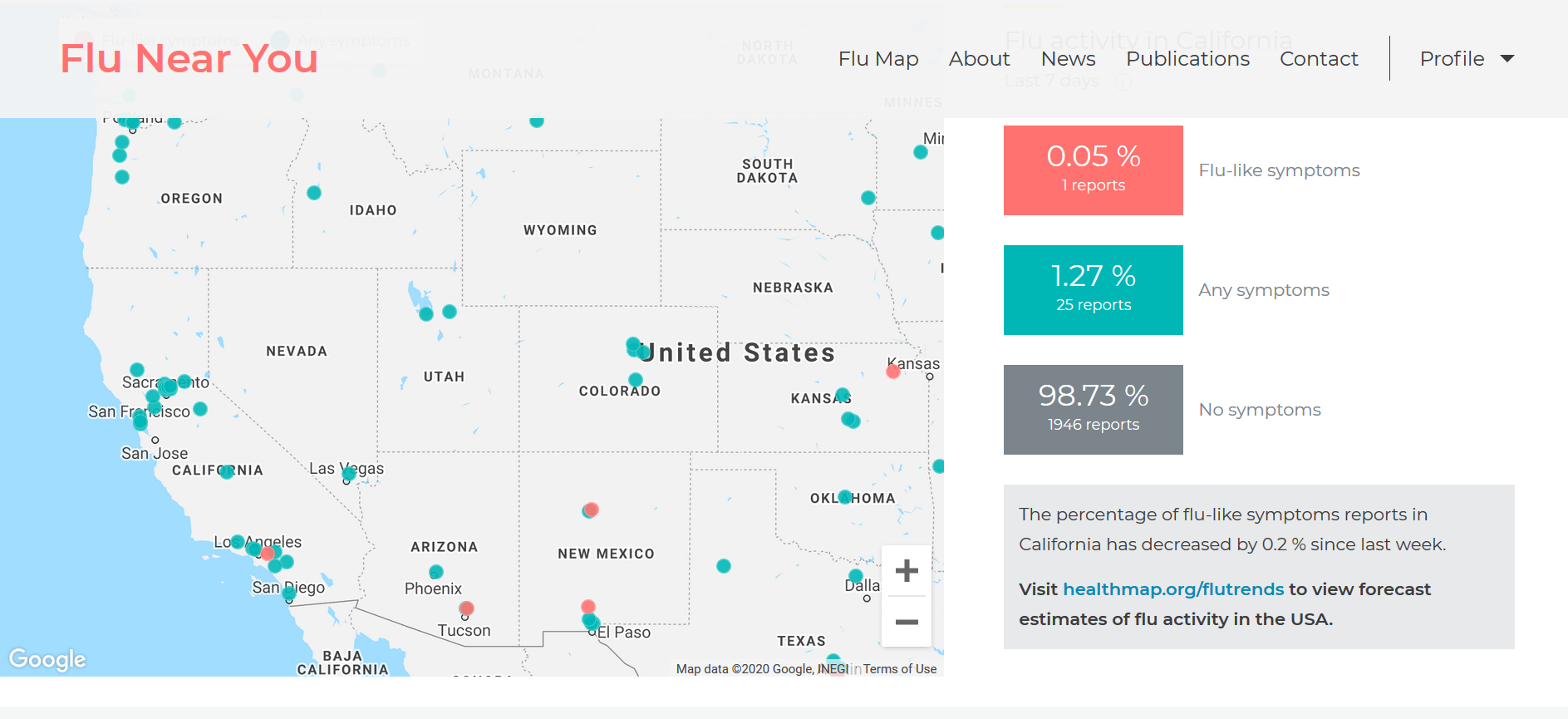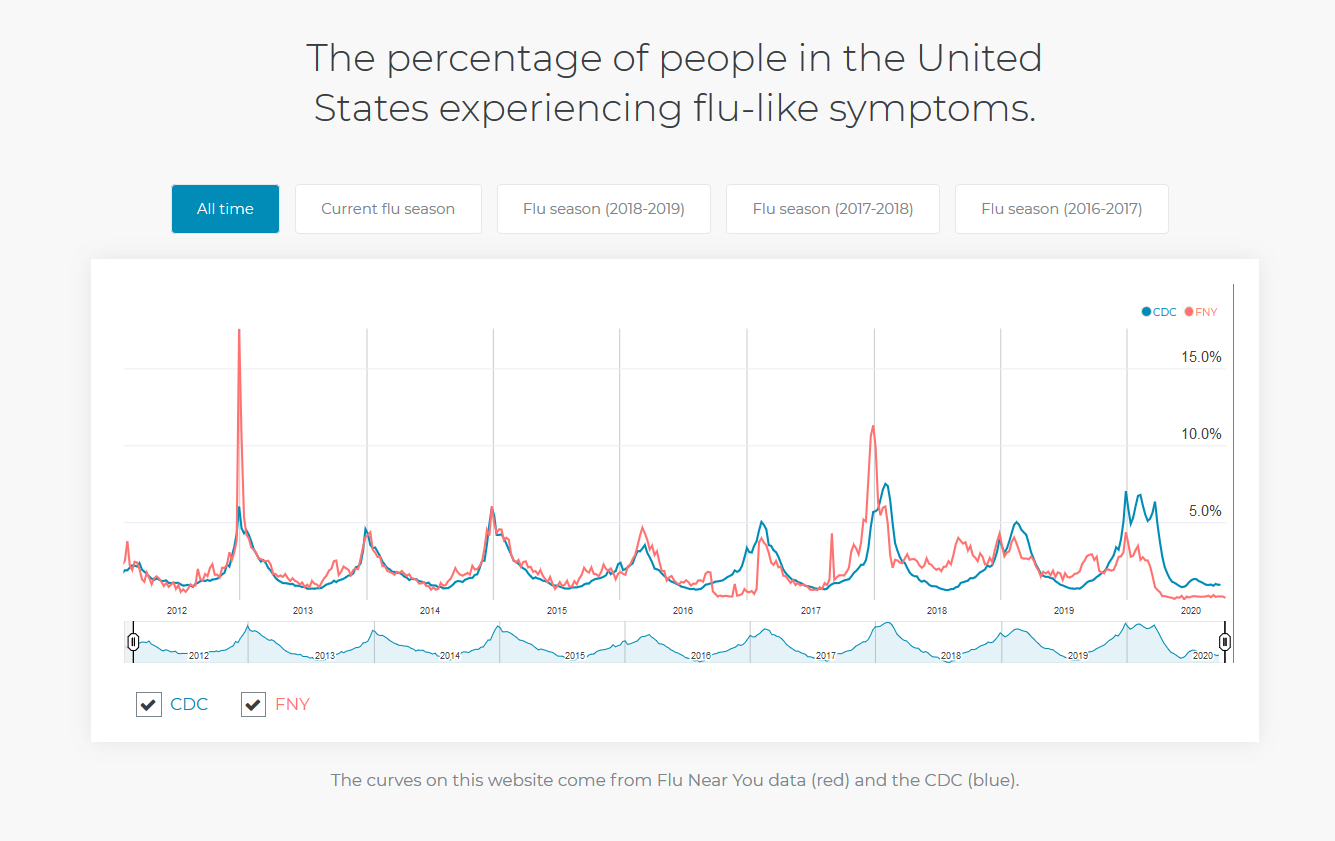This year's influenza season appears to be off to the predicted slow start due, in large part, to the efforts put forth to halt the spread of SARS-CoV-2 throughout the year, but that could all shift rapidly in the other direction, so the population must be well informed regarding the similarities and differences between the two deadly respiratory illnesses.

COVID-19 or Influenza--Know the Symptoms, Know the Difference
Though predictably slow to start, the 2020-21 influenza season has arrived, carrying the threat of a dual pandemic due to a potential decline in flu vaccination.
Concerns are mounting and some healthcare officials fear a potential twindemic may be right around the corner, wiping out all the progress made in the last year and taking us down a dangerous path.
According to ABC News;
[...] a new survey, released Thursday by the NFID, reveals that only 59% of U.S. adults said they planned to get vaccinated against influenza during the 2020-2021 flu season.
Fifteen percent stated they were not sure, while 22% who are at high risk for flu-related complications (such as adults age 65 years and older, smokers, those with diabetes, asthma, heart disease or kidney disease) said they were not planning to get vaccinated.
These low numbers are alarming for public health officials, with U.S. hospitals bracing themselves for a potential surge of seriously ill influenza and COVID-19 patients.
Health officials urge Americans to get flu vaccine as concerns mount over possible 'twindemic'
Presently, there is no vaccination for SARS-CoV-2, and as we have seen in the past, the Influenza vaccination is not 100% effective, meaning if you are vaccinated, you can still get sick.
Influenza vaccinated individuals rarely get seriously ill, but many of the symptoms parallel COVID-19, so it is critical to know when you may have the flu or if you might have the coronavirus.
Similarities and Differences Between COVID-19 and Influenza Symptoms
COVID-19 and Influenza are both respiratory illnesses and have several symptoms in common, including:
- Headache.
- Muscle pain or body aches.
- Fever or chills.
- Cough.
- Difficulty breathing.
- Fatigue.
- Runny or stuffy nose.
- Sore throat, and;
- Some people may have vomiting and diarrhea, though this is more common in children than adults.
Additionally, there are a few symptoms particular to COVID-19, including:
- Trouble breathing.
- Persistent pain or pressure in the chest.
- New confusion.
- Inability to wake or stay awake, and;
- Bluish lips or face.
A further distinction between the symptoms of these two viruses is when they typically appear.
Influenza symptoms usually show up within a day or two after infection, but COVID-19 infections can take up to fourteen days for symptoms to show up.
During this time, a person can spread the virus, giving rise to mask mandates and social distancing requirements.
Health and Hygiene Tips to Prevent the Spread of Influenza and SARS-CoV-2
In addition to similarities in symptoms, the manner in which SARS and Influenza spread have several similarities, meaning they can be dealt with in similar ways, including:
- Avoiding crowded public facilities, especially ones with poor ventilation.
- Staying home when you feel sick or are displaying symptoms.
- Paying attention to where you put your hands when you're in public.
- Avoiding close proximity to sick people as much as possible.
- Covering your mouth or nose when you cough or sneeze.
- Washing your hands regularly or using ethanol-based hand sanitizer when soap isn't available.
- Regularly cleaning the occupied areas of schools and workplaces with EPA-registered commercial detergents.
- Regularly wiping down fomites with EPA-registered disinfectant wipes, and;
- Deep cleaning and disinfecting your facility at least once per week.
Additionally, but not surprisingly, SARS-CoV-2 can be passed in a manner unique to coronaviruses--fecal to oral, most commonly as an aerosolized particle in restrooms expelled from toilets via toilet plumes.
While the rate of such transmissions remains unknown, they have been documented in China for both SARS 1 and 2 outbreaks, underscoring the importance of regular enhanced cleaning and disinfection services in the restroom.
References & Resources
- How To Tell The Difference Between COVID-19 And The Flu
- Similarities and Differences between Flu and COVID-19
- Symptoms of Coronavirus
- Flu Symptoms & Complications
- What are the differences and similarities between the common cold, flu, and COVID-19 (2019 novel coronavirus)?
Takeaway
While the similarities between Influenza and COVID-19 abound, the differences, specifically in symptoms, time from infection to symptoms showing, surface-resident time, and the manner in which the virus spreads are what appear to be wreaking havoc on an unprepared population.
Knowing the difference and how to protect yourself is critical during this time.
One of the best methods for eliminating both viruses is regular, ongoing enhanced facility cleaning and disinfection services.
A proven and cost-effective method for ensuring the highest cleanliness and safety standards is outsourcing daily and specialized custodial services to an experienced service provider.
If you would like more information regarding the effectiveness of high-performance infection prevention and control measures, or if you would like to schedule a free, no-obligation onsite assessment of your facility's custodial needs, contact us today for a free quote!
In Bakersfield CA, call (661) 437-3253
In Fresno CA, call (559) 206-1059
In Valencia CA, or Santa Clarita CA, call (661) 437-3253
In Palmdale CA, or Lancaster CA, call (661) 371-4756




You must be logged in to post a comment.